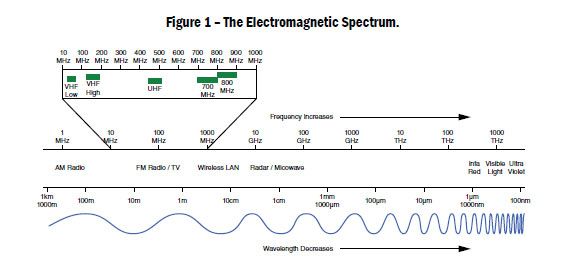5G NR Protocol Stack Explained: Layers and Functions
telcomatraining.com – The advent of 5G New Radio (NR) has revolutionized wireless communication by offering higher data rates, lower latency, and improved efficiency. The 5G NR protocol stack plays a crucial role in ensuring seamless communication between devices and networks. This article provides a comprehensive overview of the 5G NR protocol stack, its layers, and their functions.
Overview of 5G NR Protocol Stack
The 5G NR protocol stack consists of multiple layers, each responsible for specific functionalities required to establish and maintain communication between the User Equipment (UE) and the 5G core network. These layers are categorized into the User Plane and the Control Plane.
- User Plane: Handles data transfer between the UE and the network.
- Control Plane: Manages signaling messages necessary for session establishment, mobility, and security.
The primary layers of the 5G NR protocol stack include the Physical Layer (PHY), Medium Access Control (MAC), Radio Link Control (RLC), Packet Data Convergence Protocol (PDCP), Service Data Adaptation Protocol (SDAP), and Non-Access Stratum (NAS). Each layer performs distinct tasks to ensure efficient communication.
Layers of the 5G NR Protocol Stack
1. Physical Layer (PHY)
The Physical Layer (PHY) is the lowest layer in the protocol stack and is responsible for transmitting and receiving radio signals. It ensures the modulation, coding, and multiplexing of signals for efficient data transmission. Key functions of the PHY layer include:
- Modulation and demodulation of signals
- Channel coding and decoding
- Multiple-input multiple-output (MIMO) processing
- Carrier aggregation (CA) for improved bandwidth
- Time and frequency synchronization
2. Medium Access Control (MAC)
The MAC layer manages access to the physical medium and coordinates transmissions to prevent interference. It operates closely with the PHY layer to schedule resources efficiently. The main functions of the MAC layer include:
- Scheduling of uplink and downlink transmissions
- Hybrid Automatic Repeat Request (HARQ) for error correction
- Logical channel prioritization
- Resource allocation for data transmission
3. Radio Link Control (RLC)
The RLC layer is responsible for reliable data transmission and can operate in three modes: Transparent Mode (TM), Unacknowledged Mode (UM), and Acknowledged Mode (AM). The key functions of the RLC layer include:
- Segmentation and reassembly of data packets
- Error correction through retransmissions
- Flow control to prevent network congestion
4. Packet Data Convergence Protocol (PDCP)
The PDCP layer plays a crucial role in ensuring security and efficient data transmission. It provides data integrity and compression, optimizing network performance. The functions of the PDCP layer include:
- Header compression to reduce transmission overhead
- Integrity protection and ciphering for security
- Packet duplication for robust data transmission
5. Service Data Adaptation Protocol (SDAP)
SDAP is unique to 5G NR and is primarily responsible for mapping Quality of Service (QoS) flows to data radio bearers. The SDAP layer ensures that different data streams receive appropriate treatment based on their priority. Key functions of SDAP include:
- QoS mapping for efficient data transmission
- Flow control to prioritize critical network traffic
6. Non-Access Stratum (NAS)
The NAS layer manages control plane signaling between the UE and the core network. It is responsible for mobility management, authentication, and session management. The main functions of the NAS layer include:
- Authentication and security procedures
- Registration and mobility management
- Session and connection management
Conclusion
The 5G NR protocol stack is an essential component of modern wireless communication, enabling high-speed and reliable data transmission. Each layer in the stack plays a vital role in ensuring efficient communication between the UE and the 5G core network. By understanding the functions of these layers, network engineers and professionals can optimize 5G deployments for maximum efficiency and performance. As 5G technology continues to evolve, further advancements in the protocol stack will contribute to enhanced network capabilities and improved user experiences.







